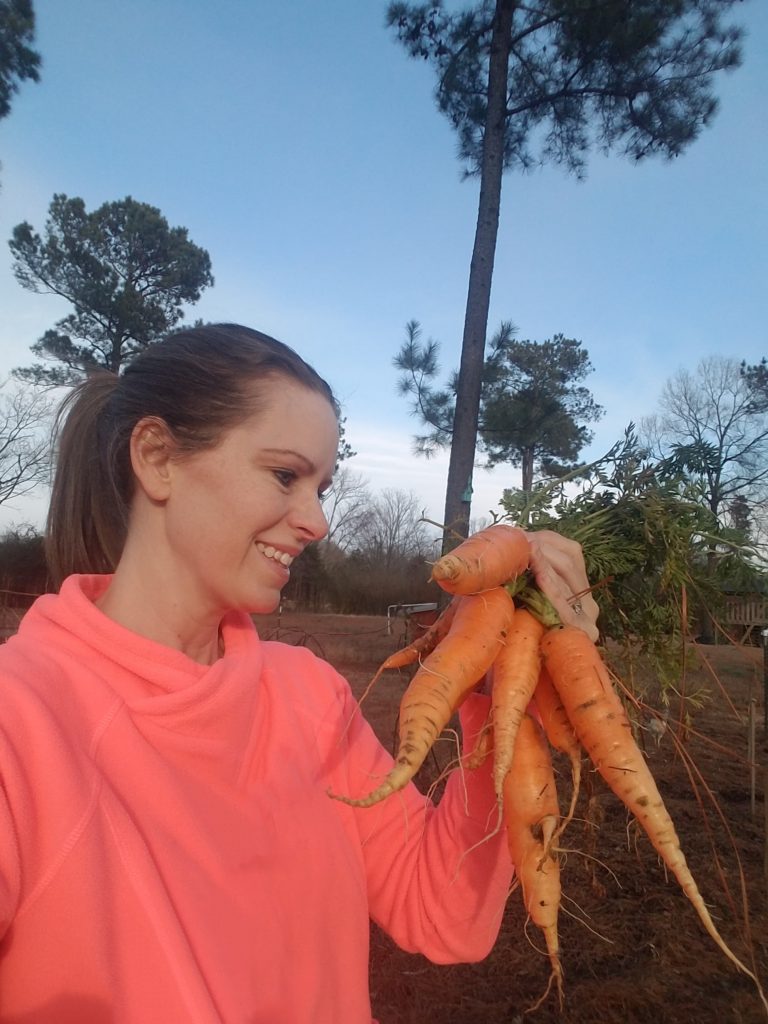How to Harvest Longer through Season Extension and Overwintering
Do you, like me, find yourself asking how you can extend the season for your crops each year? Could some of those crops even survive all winter?
Of course, how long crops survive in the off-season garden greatly depends on your climate, but you might have more options than you realize. In this episode of the Beginner’s Garden Podcast, we talk season extension and overwintering options. Take a listen below or continue reading.
Season Extension vs. Overwintering
First, let’s define “season extension” and “overwintering.” They are two distinct ways of growing food in the off-season, and a good understanding of each will help you know how to use them to your advantage.
Season Extension
Basic season extension encompasses being able to prolong the amount of time certain crops can stay in the garden until they can reach a harvest. Here are two examples.
For summer crops, you can cover them, protecting them from frost. For example, with tomato plants, this cover will give them a bit longer until you can pick those last tomatoes off the vine. You could do the same with other frost-sensitive plants like peppers or basil.
For fall crops, you cover these crops in a similar manner to the summer crops. But instead of protecting from frost (since most are frost-tolerant), you’re protecting them from killing freezes. By using cover, you supply warmth and thus provide more time for those crops to come to a full harvest.
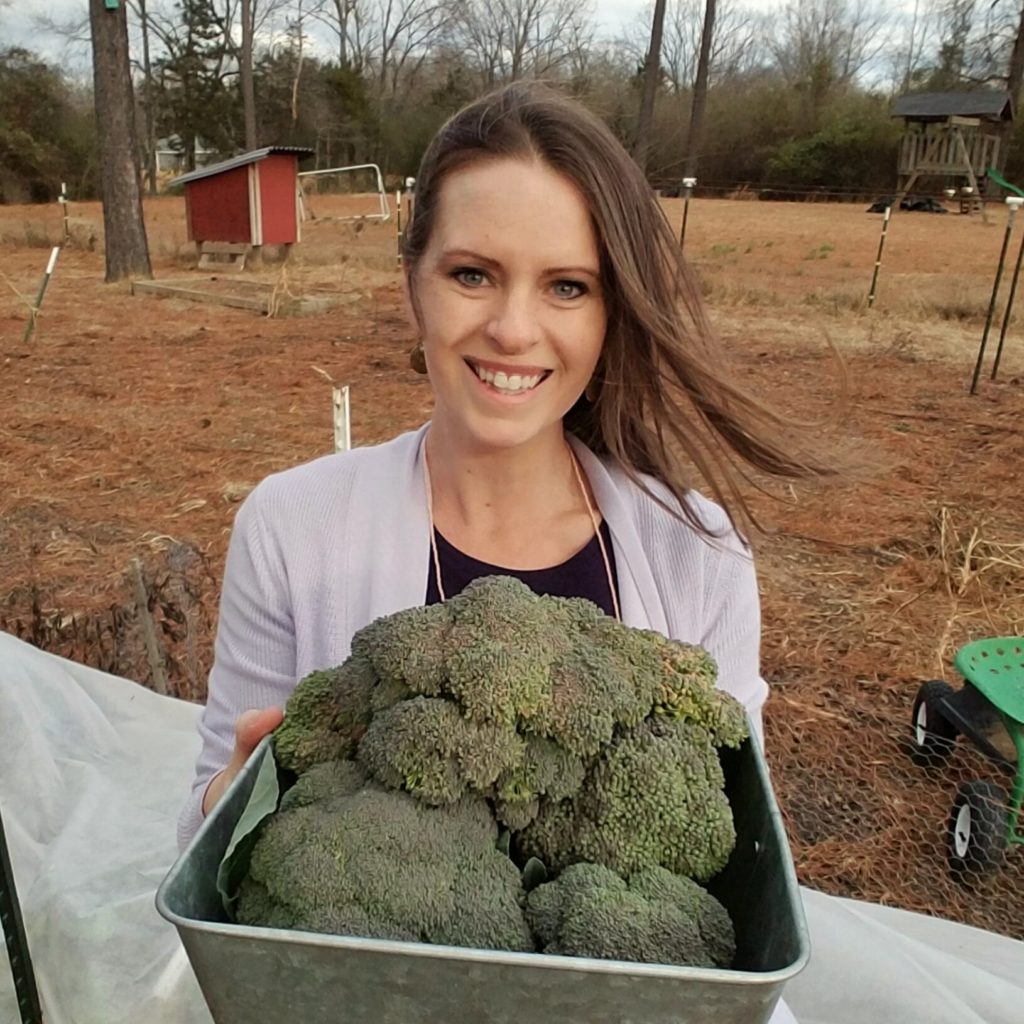
For example, I’ve observed that broccoli, uncovered, will tolerate temperatures down to the mid-20s, but they will start to suffer damage in the lower 20’s. If a cold snap comes before I’m ready to harvest, I’ll cover them to give them extra time. In my zone 7b climate, I can usually harvest up until Christmas by covering my broccoli.
Basically, with season extension, you’re trying to create an environment during cold snaps or cold weather in which you are able to get a harvest longer than you would have without any protection.
Overwintering
Overwintering, by contrast, is when you plan for cold-hardy crops to stop growing in the fall, expecting them to start growing again in the late winter as daylight increases and the temperatures slowly begin to rise. Unlike season extension, you don’t count on having a late fall harvest of crops because you know that you’ll have an early spring harvest.
An example of overwintering in my garden is with spinach. I plant spinach in the fall, and the plants begin to establish in October and November. But as the daylight hours dip below ten per day in November, their growth all but stops. But in my zone 7b climate, spinach survives my winters, and as the day length begins increasing in late January, the spinach begins growing again. I can usually start harvesting in February and continue the harvest until around May.
What Crops Overwinter In the Garden?
The types of crops that can overwinter in your garden definitely depends on your climate, the particular winter season, and other factors. For most beginning gardeners, we learn as we try things.
In my zone 7b garden, spinach, mustard greens, kale, arugula, lettuce, parsley, carrots, and few other perennial herbs will overwinter here. Personally, I rarely have to cover any of these crops and they survive the winter. Their growth slows almost to a halt in November and resumes again in late January or early February.
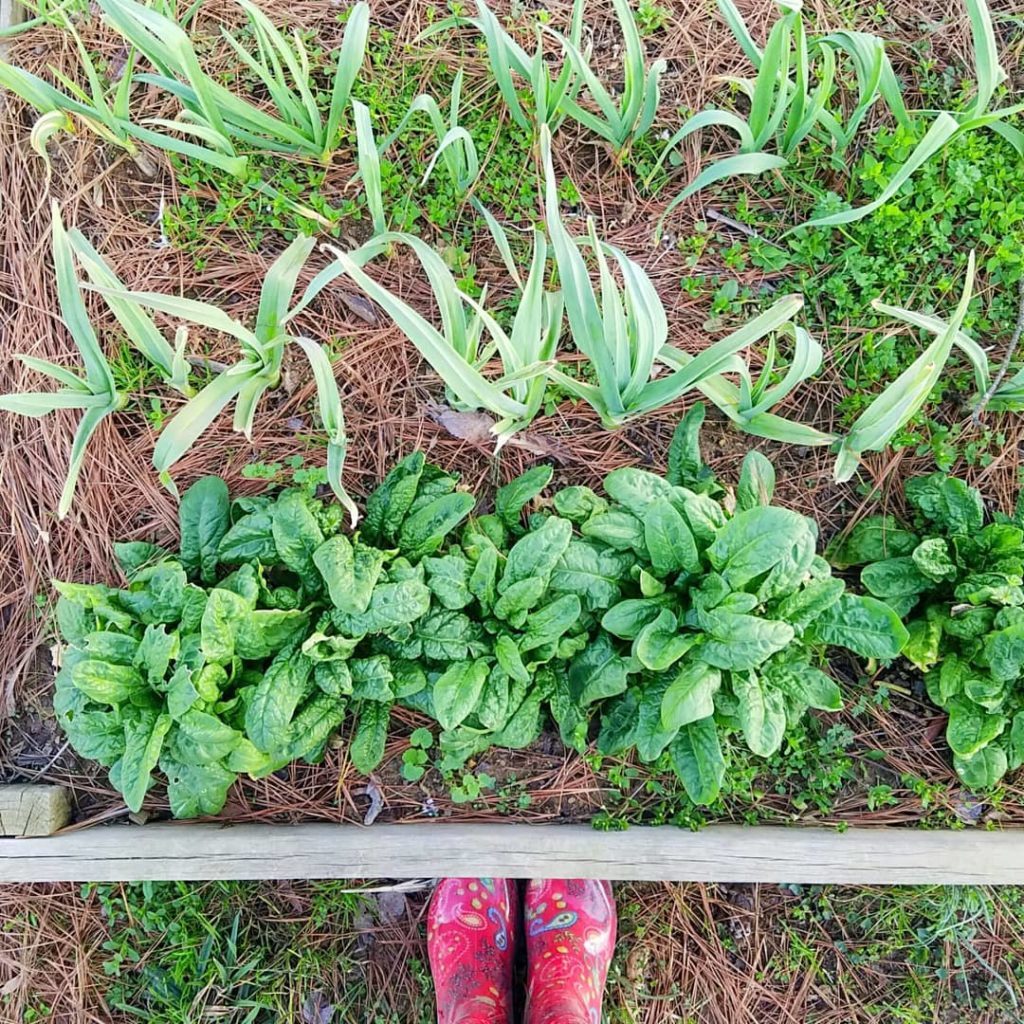
(*links below contain affiliate links, which means if you click through and make a purchase, we will earn a commission at no extra cost to you.)
In some areas, these same crops may only overwinter under cover, and in others, they may not overwinter at all. And of course, gardeners in warmer zones may be able to overwinter many more crops than this!
The best advice I can give you is to talk to your local gardeners and ask them what crops survive the winter.
Best Types of Covers
If you’re like most beginners, the thought of covering your crops may seem daunting. How do you do it? What do you use? Here are some options.
Floating Row Covers add warmth inside while adding air and water penetration. They typically not only protect frost-sensitive plants from frost, but they also add a few degrees of warmth, particularly helpful for temperatures below freezing.
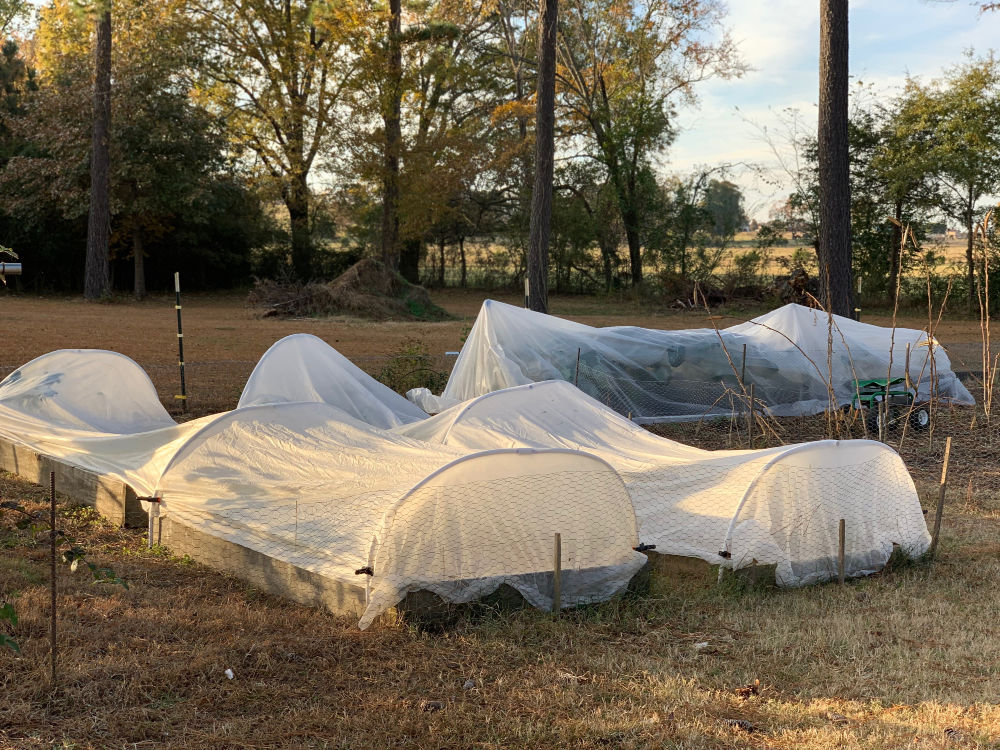
The drawback with using floating row covers in the fall is that most of them block some amount of light. Light is at a premium in the fall and winter, so if daytime temperatures rise, uncovering the crops is a good idea.
Floating row covers can also cause the air underneath them to heat up during the day, so you must be vigilant to uncover or else the heat could cook your plants.
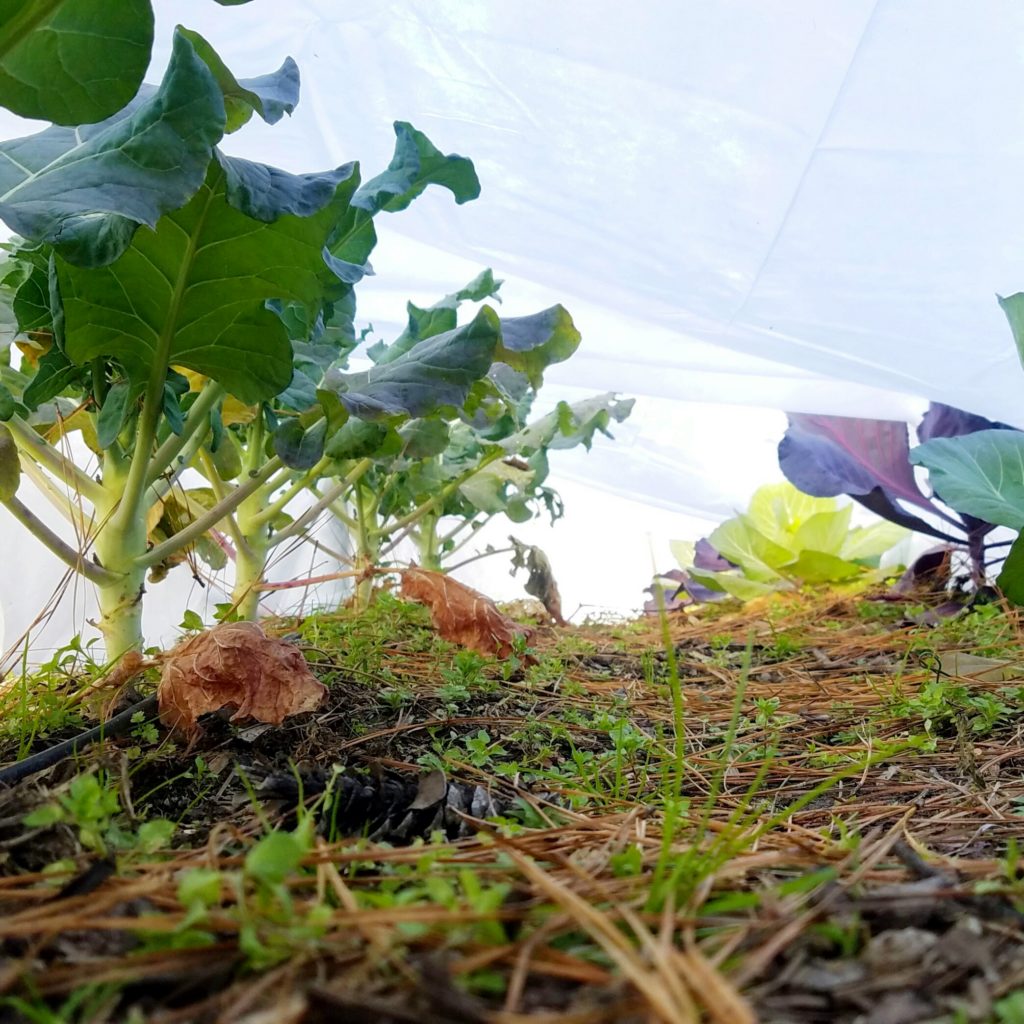
Frost Blankets provide more warmth than floating row covers and are a good option for even colder climates. Like floating row covers, they still allow for air and rain penetration. But, these allow even less light, as much as 50% less. These are best used when you’re trying to keep crops from dying but your crops aren’t dependent on light to grow. Just like floating row covers, you’ll need to uncover (or vent) if daytime temperatures warm so the plants aren’t shocked with the heat.
Plastic Covers are another choice. They provide extra insulation and you can use it on top of a floating row covers if it’s a REALLY cold night. But since they don’t allow for air or water penetration, they must be removed or, at the very least, allowed to vent the next day. They can heat up very quickly.
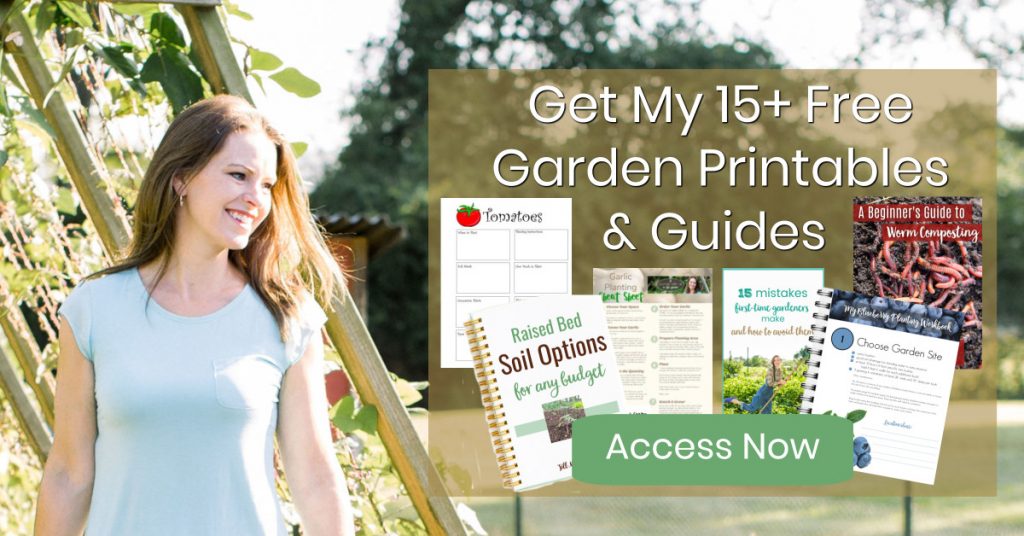
Microclimates and Season Extension
Another thing to note about season extension is microclimates. With microclimates, you have are areas of your property that get colder (or warmer) than others.
This is an area that you will need to observe in your own garden, but the most common areas of microclimates are with containers and in areas near your home or structure.
Containers are more susceptible to cold. Plants can function as one to two zones cooler than what your normal zone is, so keep that in mind when it comes to sensitive crops at the end of your season or the ability for a particular crop to overwinter.
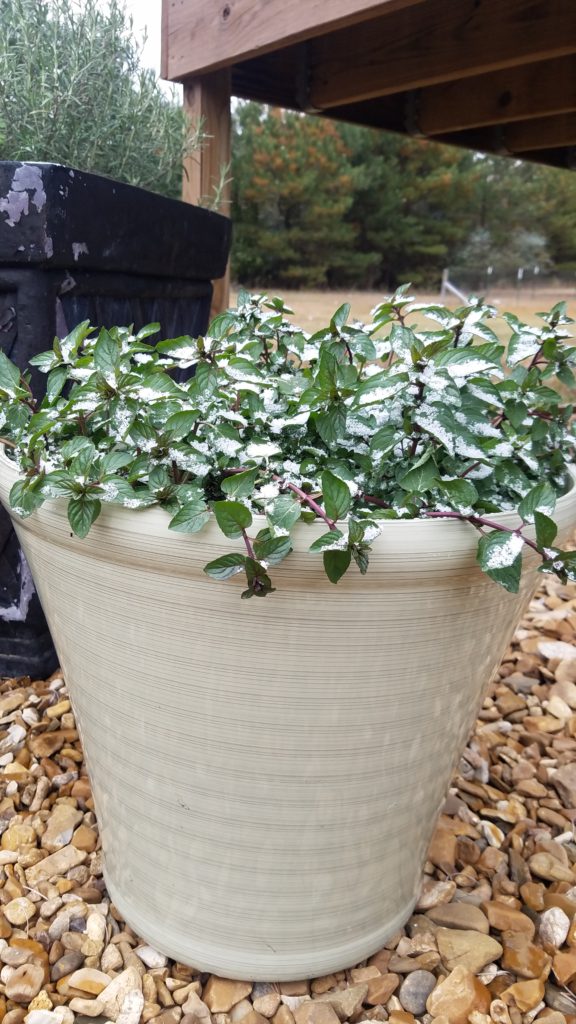
Plants near structures can also have varying degrees of cold protection. For example, when a plant is closer to your house or concrete — particularly the south or west side of your house — the area may be warmer by up to a couple of degrees.
Conclusion
Season extension and overwintering are definitely climate-dependent, but understanding the basics of each will help you explore ways to use these methods to grow more of your own food during more of the year. What experience have you had with season extension and overwintering crops?
Do you get overwhelmed with garden planning?

Subscribe here for my best tips to plan your garden in just 7 days -- all for FREE.
Plus, I'll send you my "In the Garden E-mail" on Fridays, periodic updates on garden resources relevant to you, and you'll receive access to my entire bank of free garden downloads!
You are also agreeing to our privacy policy.

